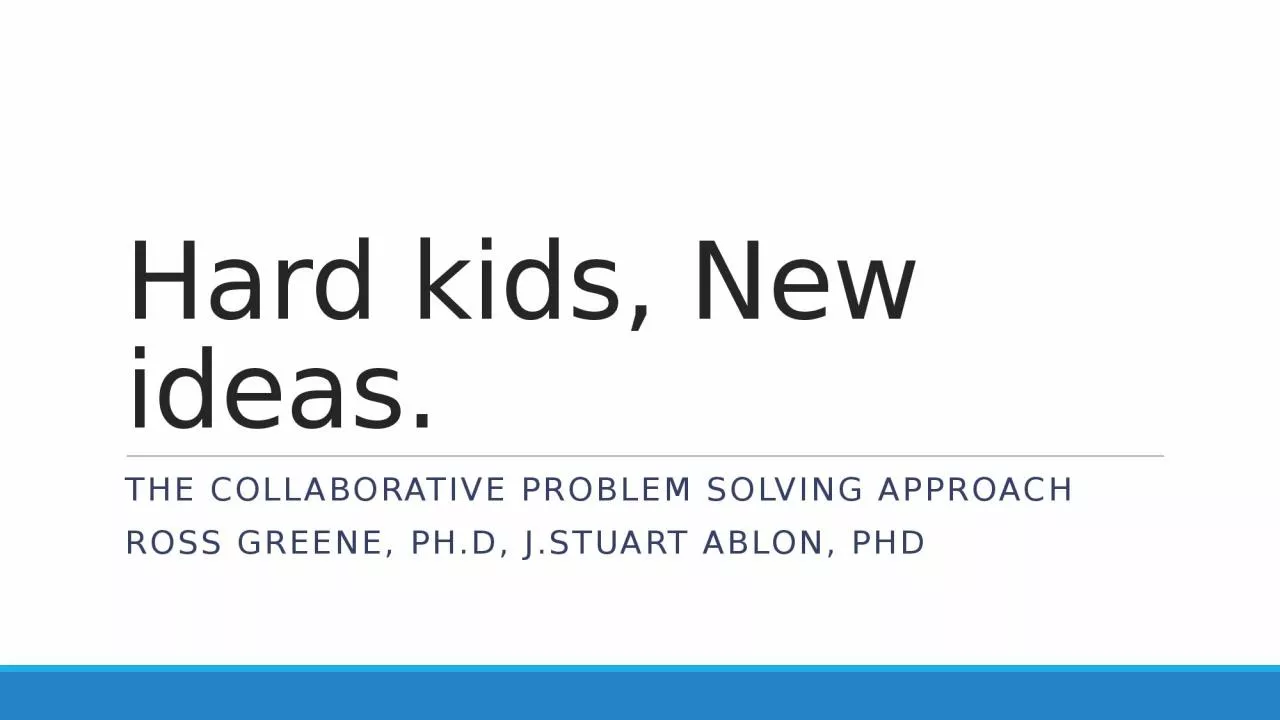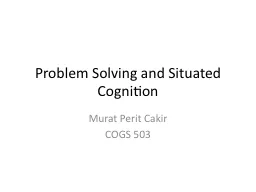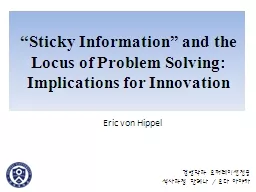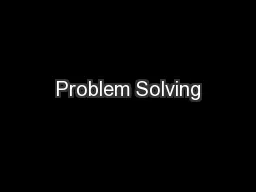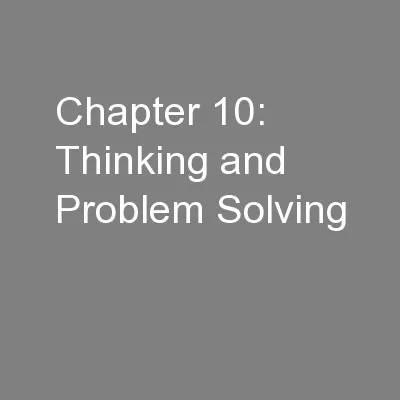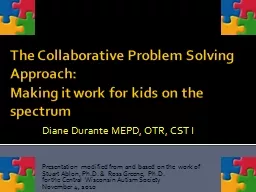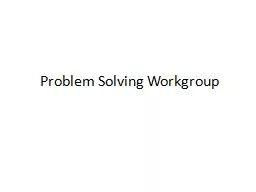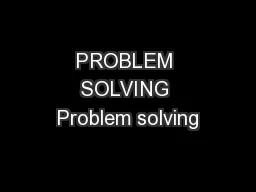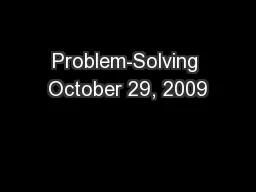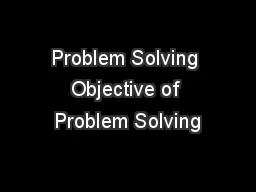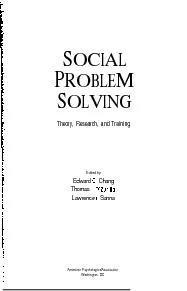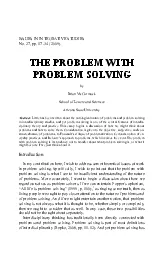PPT-Hard kids, New ideas. The collaborative Problem Solving Approach
Author : BraveBlackbird | Published Date : 2022-08-03
Ross Greene PhD jStuart Ablon Phd Philosophical Approach 1 Kids do well if they want to Motivational Approach LevelReward Systems Punishment produces behavioral
Presentation Embed Code
Download Presentation
Download Presentation The PPT/PDF document "Hard kids, New ideas. The collaborative ..." is the property of its rightful owner. Permission is granted to download and print the materials on this website for personal, non-commercial use only, and to display it on your personal computer provided you do not modify the materials and that you retain all copyright notices contained in the materials. By downloading content from our website, you accept the terms of this agreement.
Hard kids, New ideas. The collaborative Problem Solving Approach: Transcript
Download Rules Of Document
"Hard kids, New ideas. The collaborative Problem Solving Approach"The content belongs to its owner. You may download and print it for personal use, without modification, and keep all copyright notices. By downloading, you agree to these terms.
Related Documents

